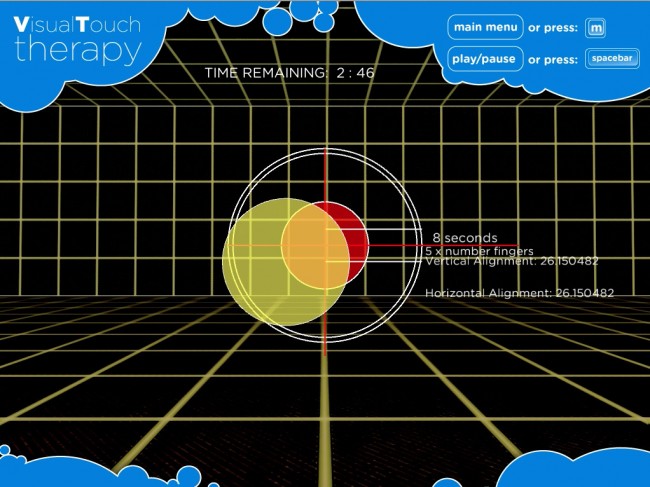Before getting the patient to start practicing range-of-motion exercises, it’s important to establish a baseline of motion functionality.
The National Institute of Health has and official “Stroke Scale”, which is a rating that stroke survivors get based on a bunch of cognitive and physical tests.
Obviously I’m mainly concerned mainly with arm and hand movement and luckily there’s a test designed specifically for that. This test is as follows:
With palm facing downwards, have the patient extend one arm 90 degrees out in front if the patient is sitting, and 45 degrees out in front if the patient is lying down. If necessary, help the patient get into the correct position. As soon as the patient’s arm is in position the investigator should begin verbally counting down from 10 while simultaneously counting down on his or her fingers in full view of the patient. Observe to detect any downward arm drift prior to the end of the 10 seconds. Downward movement that occurs directly after the investigator places the patient’s arm in position should not be considered downward drift. Repeat this test for the opposite arm. This item should be scored for the right and left arm individually, denoted as item 5a and 5b.
So– I have built a “calibration” screen that tracks the patient’s hand position (and by extension the arm) and saves a number to the “progress” chart. This will be an indicator of all future improvement.
